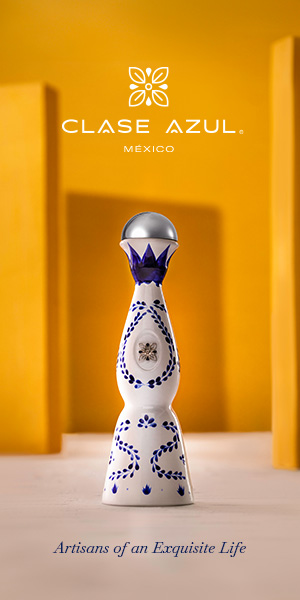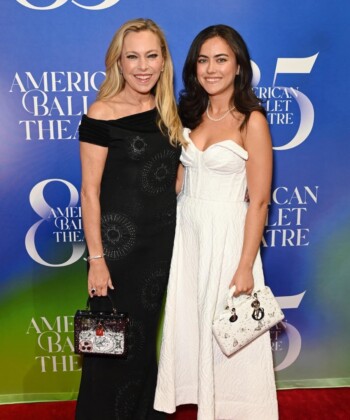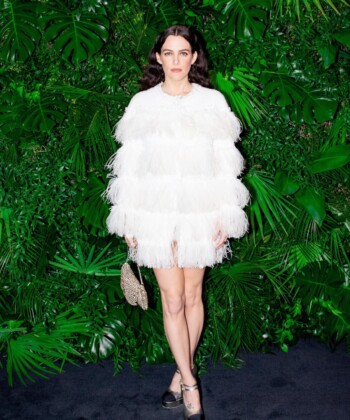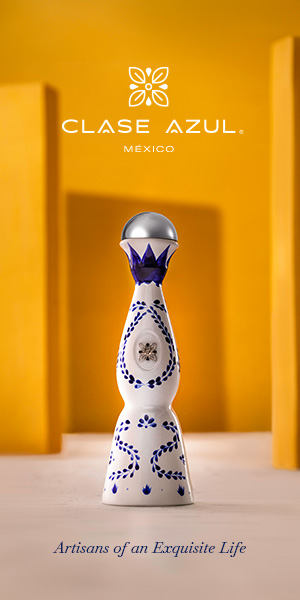The story of Marie-Josèphe-Rose Tascher de la Pagerie, later Empress Joséphine Bonaparte, reads like an epic screenplay: She was born in 1763 to an affluent sugar planting family on the French island of Martinique. At 16, Joséphine was sent across the ocean to France to marry the aristocratic son of a marquis who had a long affair with her aunt. After a less-than-exemplary marriage, Joséphine and her first husband were imprisoned during the Reign of Terror; the latter would lose his head to Madame Guillotine. Upon her release from prison, Joséphine used her charms and remarkable wit to gain security for her two young children. In one of history’s most incredible feats of social climbing, Joséphine worked her way through politicos and generals and eventually met Napoleon, the man who would make her an empress.
During the couple’s rapid ascent up the social and political ladder, Joséphine found herself in an elite circle of Parisian It girls who were propelling the neoclassical style that defined the era. Fashion had never been more political, and it was swiftly being reshaped from the wide court dresses of the ancien régime to the new slender, streamlined silhouette of the Directoire.

Portrait of the Empress Joséphine in coronation dress (1763–1814)
Nothing said à la Grecque quite as loudly as the cameo and the large, fantastical parures made of glass, precious shells and stones that were a must-have for the one percent. This parure is attributed to the Nitot family, the founders of Chaumet, the empress’ jewelry house of choice. It is carved in lustrous green malachite, Joséphine’s favorite. The rare complete set is comprised of two necklaces, a pair of bracelets, a tiara, a brooch, a pendant and six hairpins. The brooch is believed to be a depiction of the empress herself. That and the large “A” and crown embossed on the exquisite red morocco carrying case lead some experts to believe this was ordered by the empress for her daughter-in-law Augusta-Amélie, the Vicereine of the Kingdom of Italy. However, it was not beyond Joséphine’s disposition to wear a cameo of herself.
From May 19 to July 18, you can view this parure, as well as other jewelry, paintings and letters focusing on the emperor and empress’s love story in the Joséphine et Napoleon: une histoire (extra)ordinaire exhibition Chaumet is hosting at its recently refurbished Place Vendôme flagship in Paris.








































